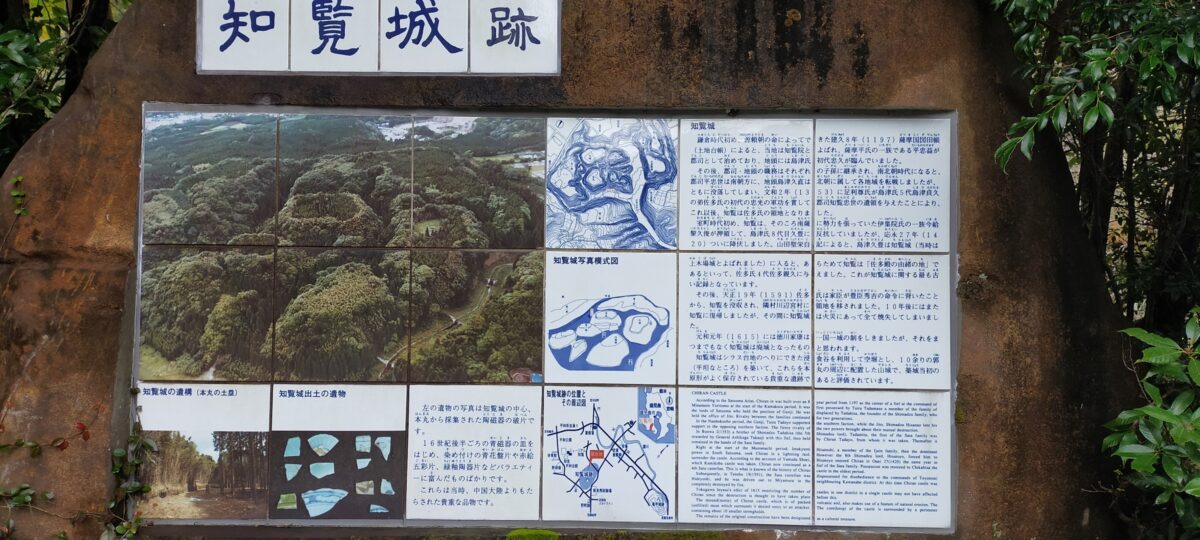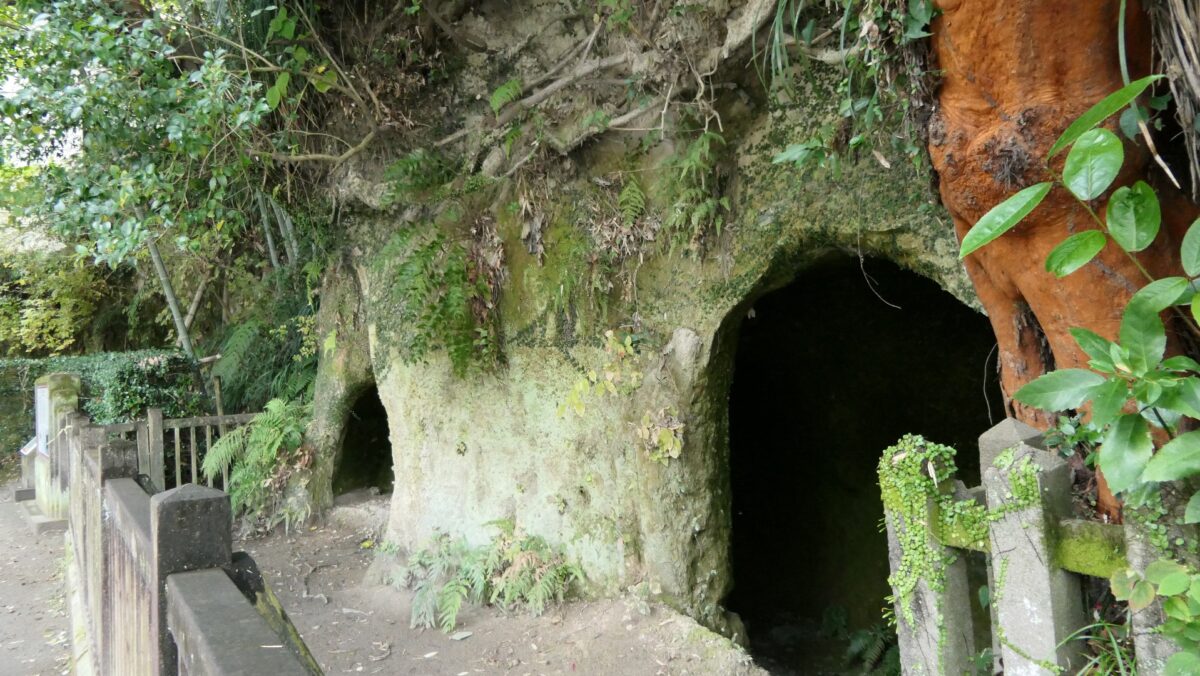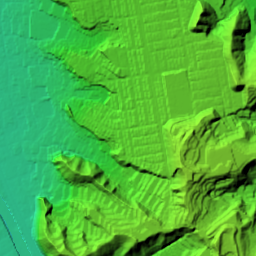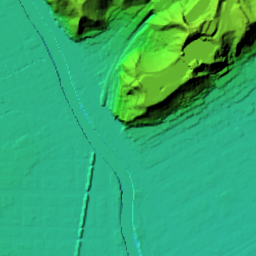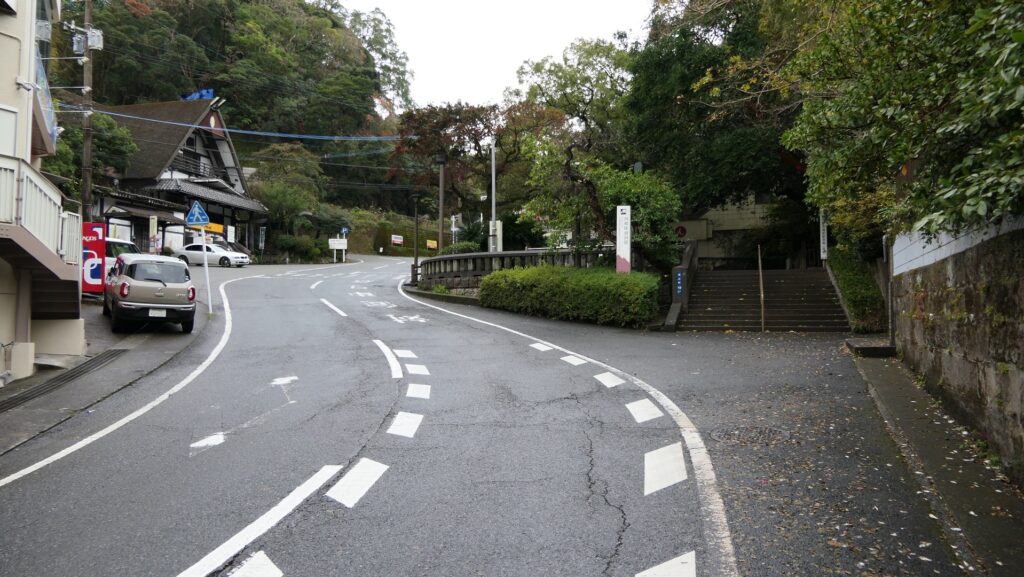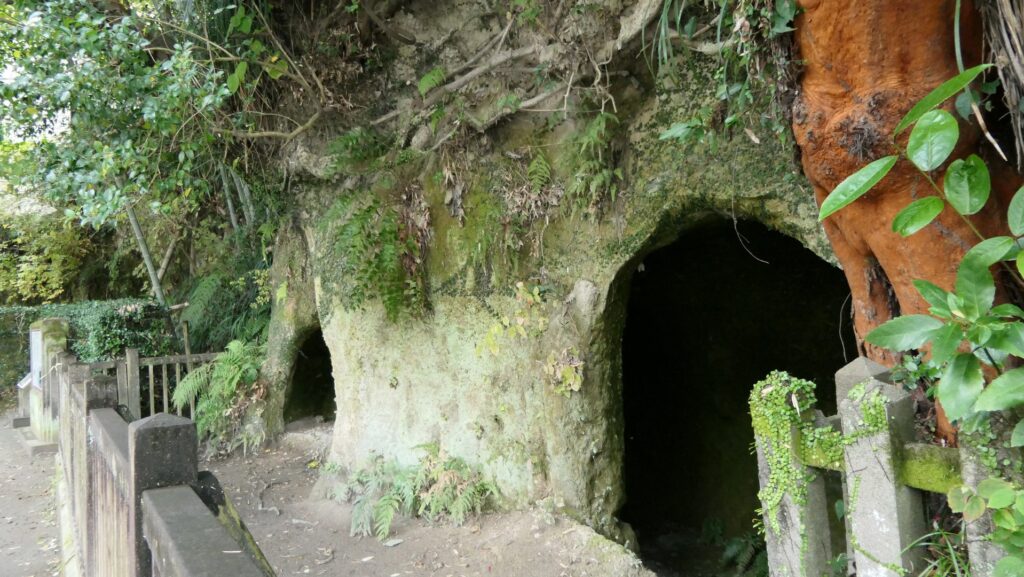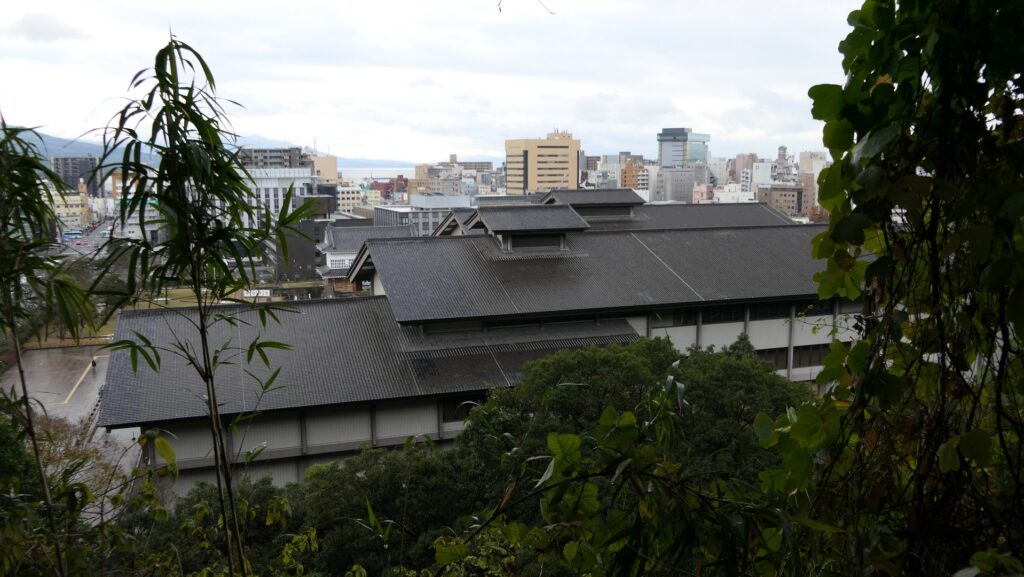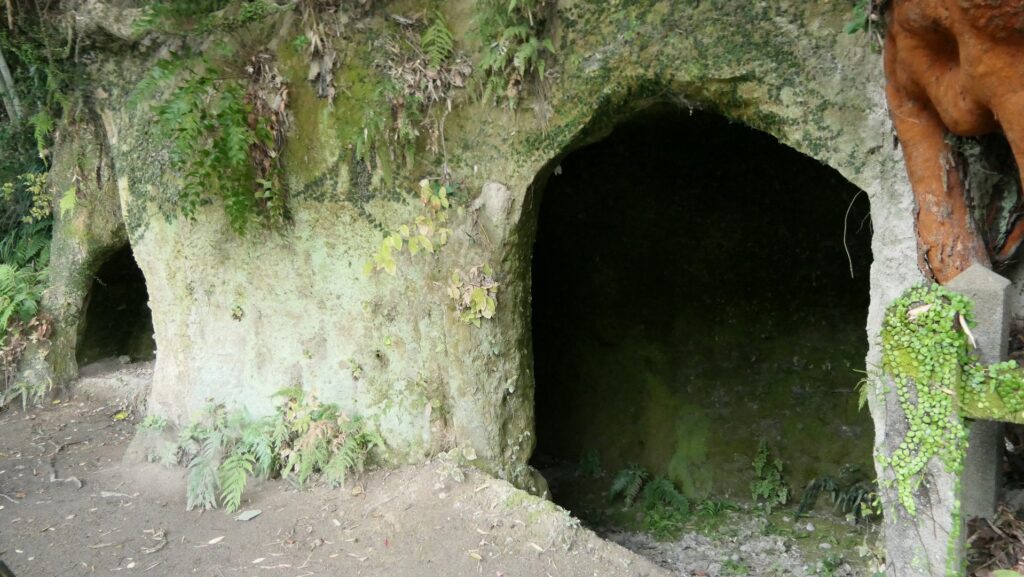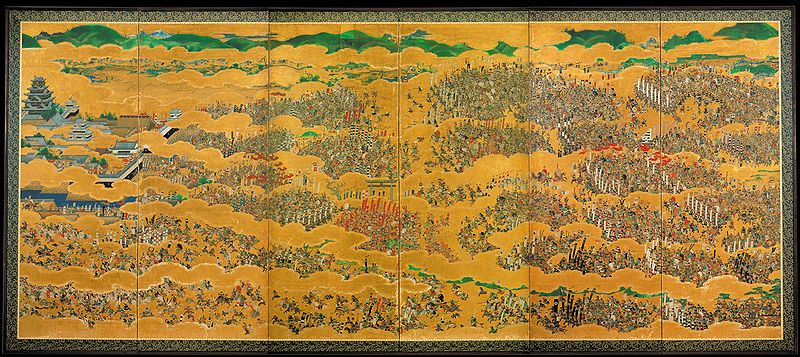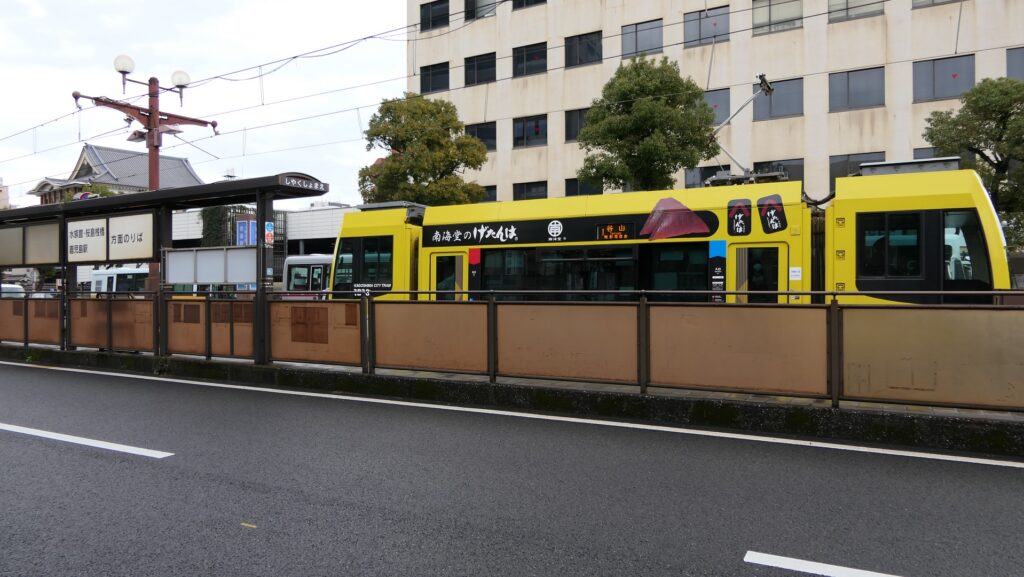Features
Stronger Defense of Main Enclosure
The group of the Main and Kuranjo Enclosures on the right are even more defensive. If you want to go there, you will find the group has two tiers. You will need to pass the first Masugata entrance and reach the first tier before going to the two tops of these enclosures. Each enclosure also has the same defense system as the Imanjo Enclosure mentioned above, which meant enemies had to break the double Masugata entrances.
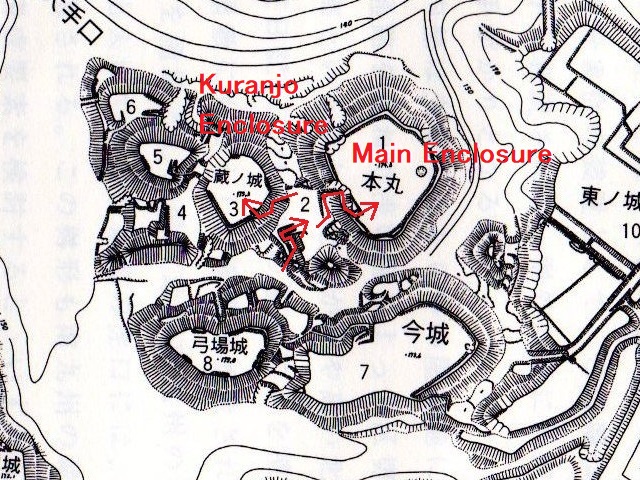
The inside of the Main Enclosure is also empty where only the stone monument of the castle stands. The Kuranjo Enclosure is the place where the excavation for the castle was mainly done recently. The excavation team found earthen foundations of some buildings and lots of relics such as pottery and porcelain imported from China and Thailand, and used when the castle was active. That’s why partially restored columns of the buildings are exhibited on the ground there. Unfortunately, views from the enclosures are not good because of the trees and bushes around. It may be difficult for the officials to develop them as a view spot due to the fragile natural terrain.
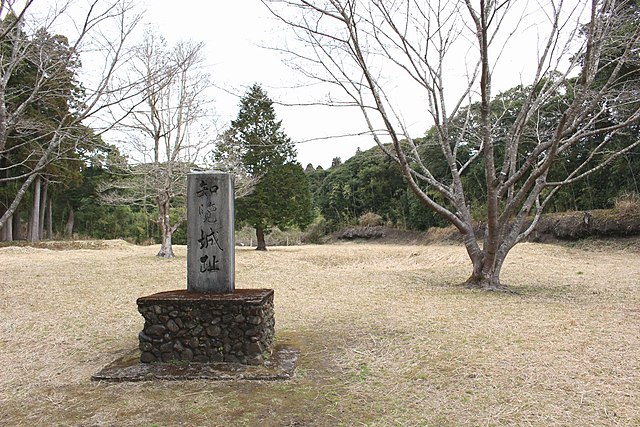
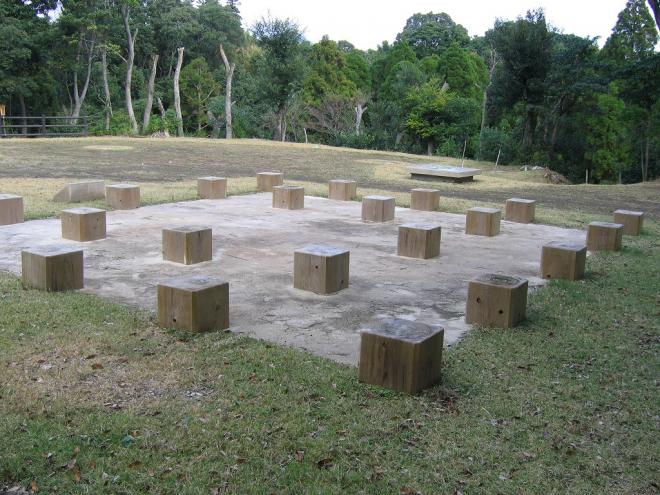

Later History
During World War II, Chiran Castle Ruins were used for air-raid shelters by digging into their cliffs. As for the castle ruins, the excavation started in 1992, which found the original moats, the Masugata entrances, some building foundations, and lots of relics. As a result, the ruins were designated as a National Historic Site in 1993. In addition, the excavation re-started again in 1998 before the Kuranjo Enclosure was developed for preservation and exhibition in 2005.
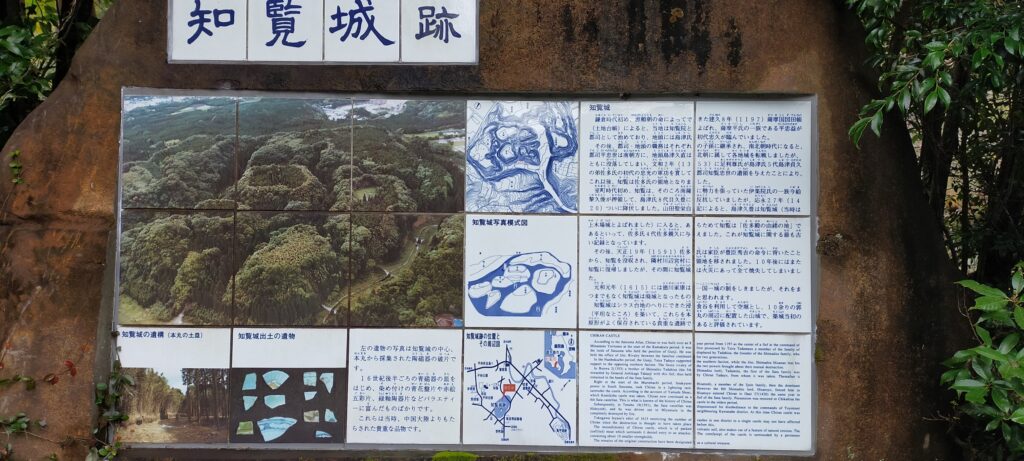
My Impression
I didn’t know about Chiran Castle at all before my visit to the ruins. I was really surprised to see that the castle had been built using the special conditions the area had. I think this is one of ancestors’ wisdom we should respect. This is also one of the reasons that I love visiting castles and ruins. In addition, I have actually deleted all my photos of the ruins in my camera accidentally except for few ones in my smartphone. I usually write my castle-visiting articles based on my photos. However, this time, I managed to write my article of Chiran Castle using my strong impressions from some books, leaflets and other website articles.
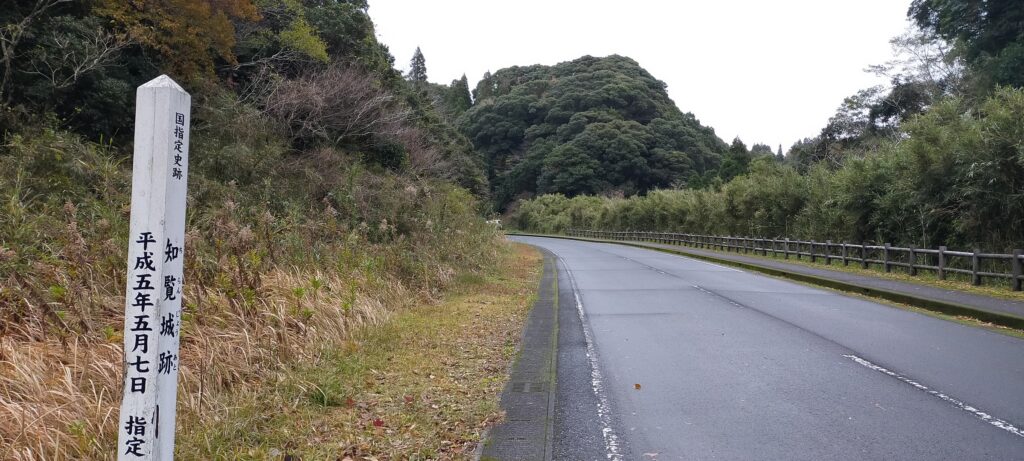
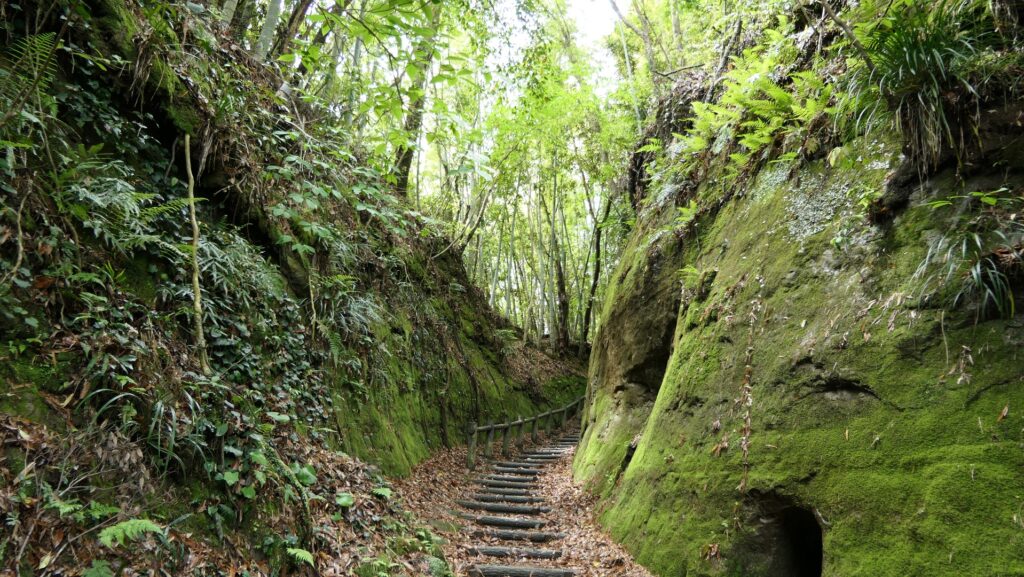
How to get There
If you want to visit the castle ruins by car, it is about a 20 minute drive away from Chiran IC on the Ibusuki Sky Line. There is a parking lot around the ruins’ entrance.
If you want to use public transportation, you can take the Kagoshima Kotsu Bus bound for Chiran at the East No.16 platform in front of Kagoshima-chuo Station and get off at the Nakagori bus stop (for those who visit the ruins from the Chiran Samurai Residences side) or the Tokko-Kannnon-Iriguchi bus stop (for visiting them from the former Chiran Airport side). It takes about 20 minutes on foot to get there either form these bus stops.
From Fukuoka to Kagoshima-chuo Station: Take the Kyushu Shinkansen super express.
From Tokyo to Kagoshima-chuo Station: Take the express bus from Kagoshima Airport after using a plane.
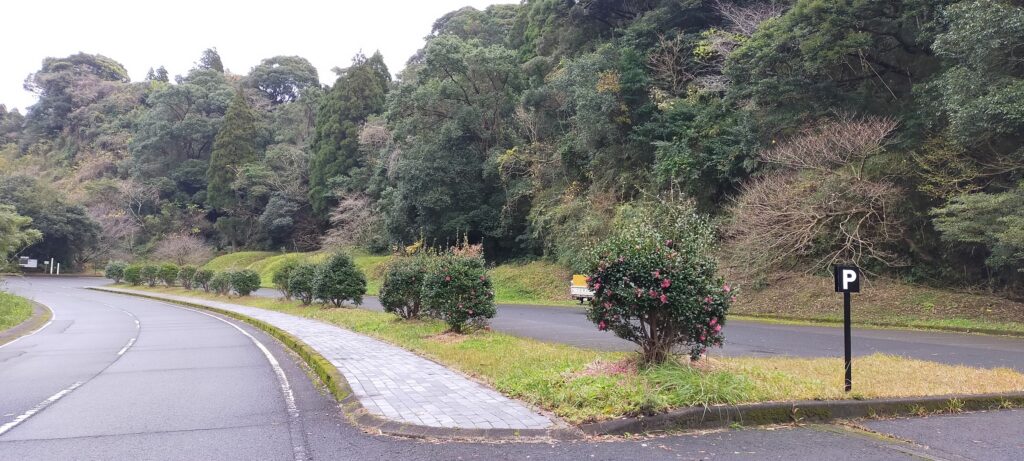
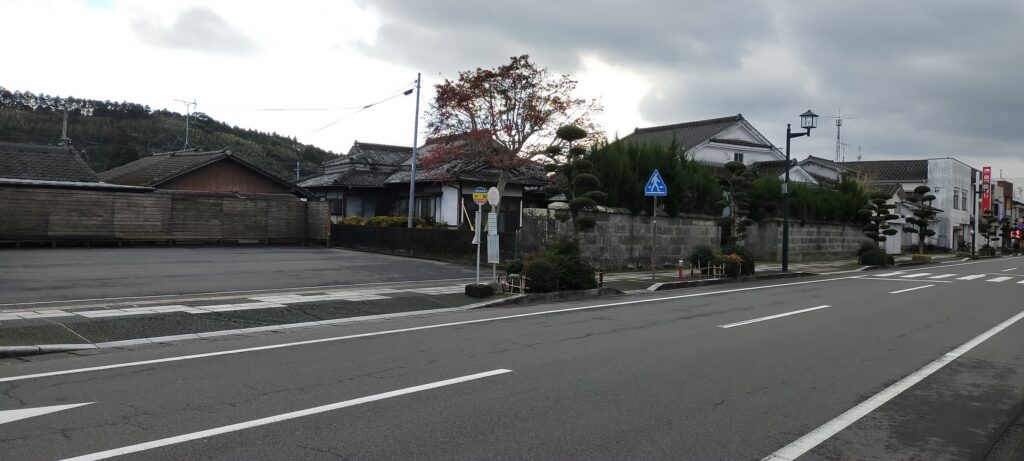
That’s all. Thank you.
Back to “Chiran Castle Part1”
Back to “Chiran Castle Part2”

